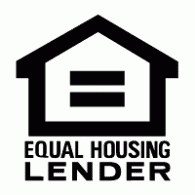Who Qualifies for a Business Bank Statement Loan? Key Eligibility Criteria

In today’s ever-evolving financial landscape, small and medium-sized businesses (SMBs) often find themselves in need of additional financing to support their growth, manage cash flow, or navigate challenging times. However, traditional loans aren’t always accessible for every business, particularly those that don’t fit the mold of conventional lending requirements. Enter the business bank statement loan in […]
How to Leverage Your Home Equity to Fund a Second Home Purchase

Many homeowners have a dream of owning a second home, whether for vacation, rental income, or investment. However, financing a second home can be a daunting task, especially when you want to avoid liquidating other assets or taking on new debt with high interest rates. One empowering solution is leveraging the equity in your primary […]
How to Determine Your Eligibility for a VA Home Loan in Arizona

Navigating the home-buying process can be daunting but for veterans, active-duty service members, and certain members of the National Guard and Reserves, the VA home loan program offers an incredible opportunity to achieve homeownership. The VA home loan benefit is a powerful tool that provides eligible individuals with significant advantages, such as no down payment, […]
Is a Cross-Collateral Loan Right for You When Downsizing Your Current Primary Home?

Downsizing your home can be an exciting and financially strategic, especially as you prepare for retirement or seek a lifestyle change. One financing option that might come up in your search is the cross-collateral loan. But what exactly is a cross-collateral loan, and is it the right choice when downsizing your current primary home? This […]





